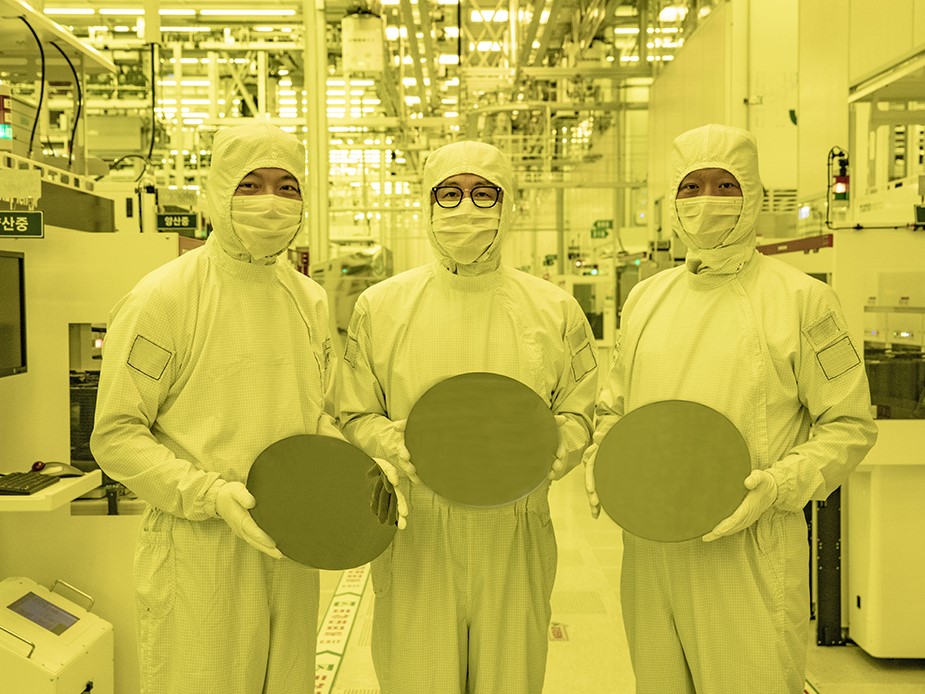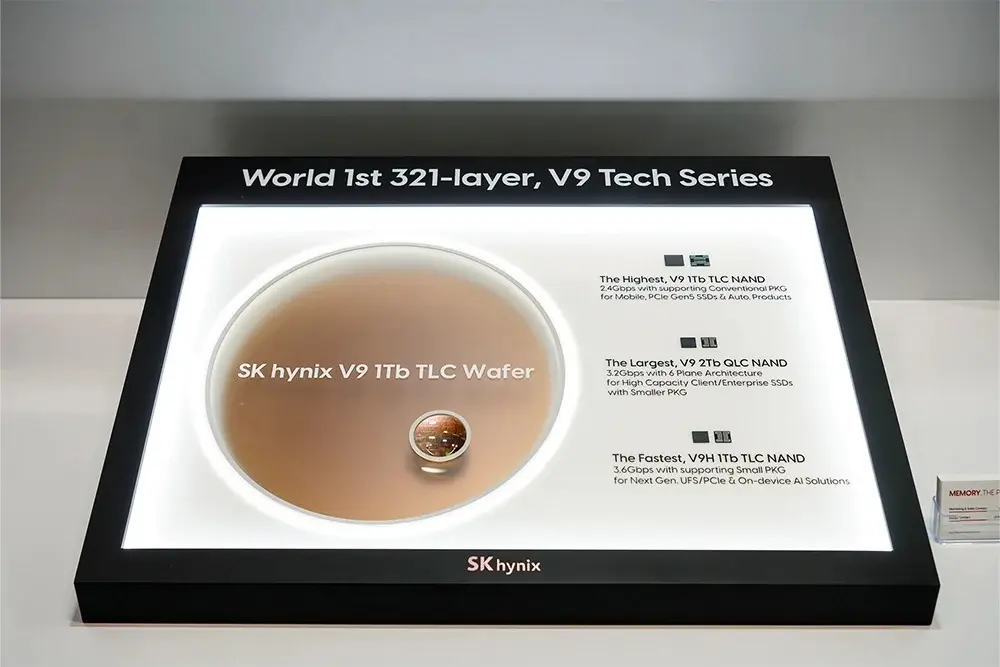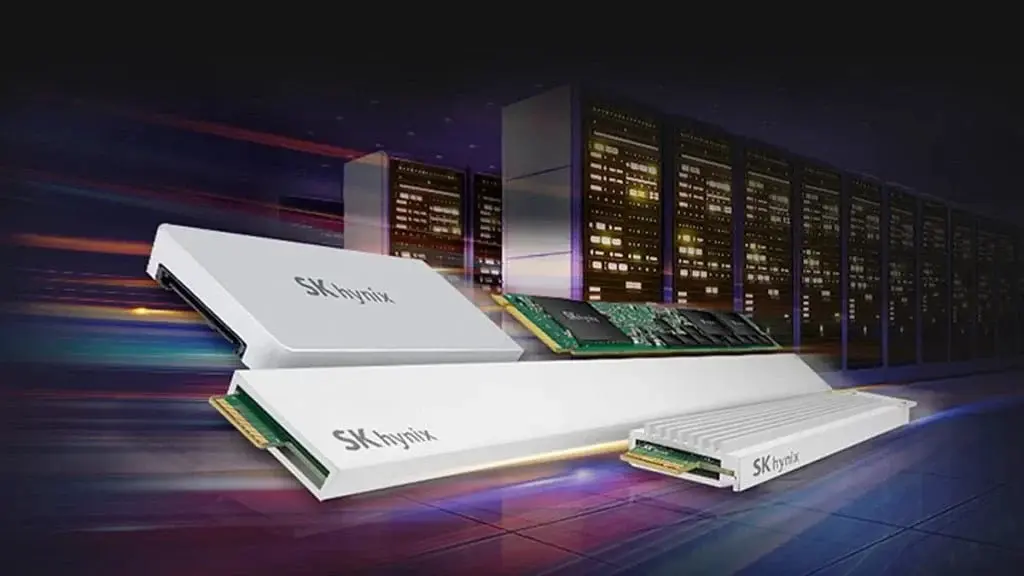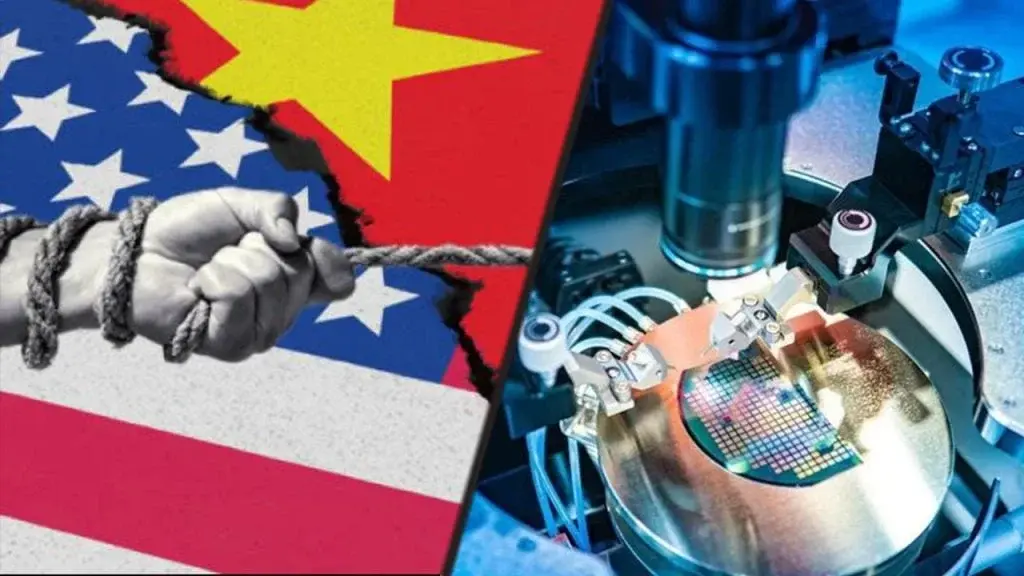Samsung Electronics has completed the design for its upcoming High Bandwidth Memory (HBM4) logic chips and has begun trial production using a 4nm process. This is an important move that paves the way for mass production in the latter part of 2025, which is roughly six months earlier than the initial timeline set for 2026. This acceleration might help Samsung secure significant orders for future GPU platforms from Nvidia.
Production Details
Reports suggest that Samsung’s storage unit has finalized the logic chip designs, while their foundry unit is actively engaged in trial runs at the 4nm level. The HBM4 production takes place in a specialized facility known as D1c, which utilizes a cutting-edge 10nm DRAM process. Notably, Samsung has bypassed the traditional D1b development phase to expedite the process.
Performance Enhancements
Technical insights revealed at ISSCC 2024 indicate that HBM4 will provide a substantial increase in performance, achieving data transfer speeds of up to 2 TB/s—around 66 percent faster than the previous HBM3E. Additionally, it will feature a 2048-bit interface operating at 6.4 GT/s and a capacity increase up to 48 GB, which is 33 percent larger than its predecessor.
Competitive Landscape
On the other hand, SK Hynix, Samsung’s main competitor in the HBM market, is also reportedly accelerating its own HBM4 development to meet the same 2025 deadline. Analysts from Hanwha Investment & Securities predict that SK Hynix will maintain its market share lead and may be the first to deliver HBM4 samples to its clients.
Beyond Nvidia, Samsung is tailoring HBM4 solutions for clients like Microsoft and Meta. This memory technology is crucial for Nvidia’s forthcoming “Rubin” GPU platform, expected in 2026, which will incorporate eight HBM4 chips and depend on TSMC’s 3nm process.
Market Trends
Samsung’s existing range of HBM products is experiencing significant growth. Sales in the third quarter of 2024 increased by over 70 percent compared to the previous month. HBM3E products, including both 8-layer and 12-layer versions, have entered mass manufacturing and are projected to comprise about half of Samsung’s total HBM sales by the end of 2024.
Source: Link






